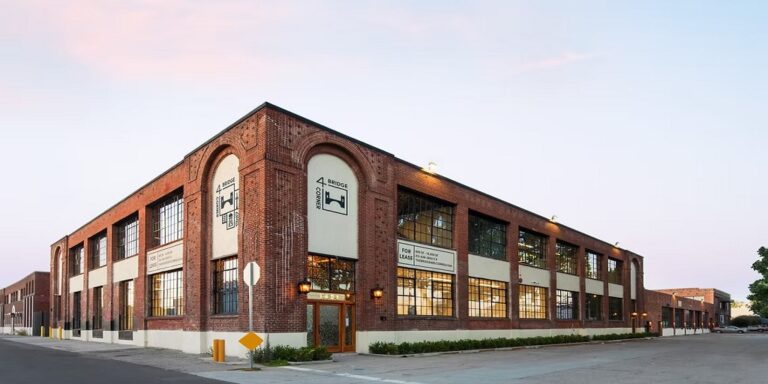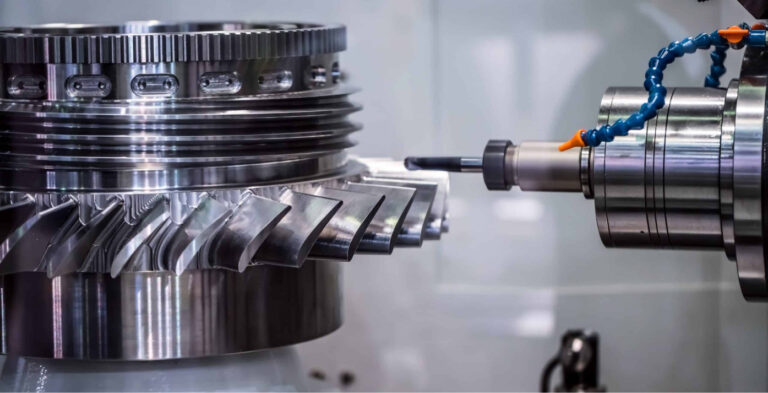Innovative Custom Pulp Design Trends for Eco-Friendly Packaging
In recent years, the global demand for sustainable and eco-friendly packaging solutions has skyrocketed, driven by both consumer preferences and environmental concerns. Packaging plays a pivotal role in reducing waste and environmental impact, and custom pulp designs are leading the way in transforming how products are packaged. Custom pulp, made from recycled paper fibers or plant-based materials, has become a popular alternative to traditional plastic packaging. This article explores the innovative trends shaping the future of eco-friendly packaging through custom pulp designs, focusing on how brands can incorporate these trends into their packaging strategies.
The Rise of Custom Pulp Design Trends
Custom pulp packaging has evolved from a simple, functional solution into an artistic and innovative tool for creating visually appealing, sustainable products. This rise in custom pulp design trends is fueled by the growing need for environmentally conscious packaging that doesn’t compromise on quality or aesthetics. More brands are opting for custom pulp to create unique, molded shapes that fit their products perfectly. These designs allow for better product protection while minimizing waste, as custom pulp packaging can be recycled and reused, making it a key player in circular economy models.
The custom pulp packaging industry is also benefiting from technological advances in design and production. Innovations such as 3D pulp molding techniques are enabling companies to create more intricate and detailed designs that are not only visually striking but also functional. This trend is reshaping the packaging industry by allowing for customization on a larger scale while keeping production processes environmentally friendly. Custom pulp designs can now be tailored to the specific needs of different industries, making them suitable for everything from fragile electronics to luxury beauty products.
Sustainability and Custom Pulp Design Trends
At the heart of custom pulp design trends is sustainability. Eco-conscious consumers are demanding more from the brands they support, and sustainable packaging has become a priority. Custom pulp designs made from recycled paper, bamboo, or agricultural waste are among the most eco-friendly options available today. Unlike plastic, which can take hundreds of years to break down in the environment, pulp-based materials are biodegradable and decompose naturally, reducing the overall environmental footprint of packaging.
Moreover, custom pulp packaging can often be produced using less energy and water compared to other materials like plastic or glass. This eco-friendly production process makes it a valuable choice for companies looking to meet sustainability goals while still offering high-quality packaging. As consumer expectations continue to shift towards more sustainable options, custom pulp design trends are becoming increasingly important in maintaining a brand’s eco-friendly image and reducing its impact on the planet.
Custom Pulp Design Trends for Branding and Aesthetics
One of the most exciting aspects of custom pulp packaging is its potential for branding and aesthetics. Custom pulp allows brands to create packaging that is not only sustainable but also reflects their unique identity and values. The versatility of pulp-based materials enables companies to experiment with different textures, colors, and designs that enhance their product’s appeal. Custom pulp packaging can be molded into intricate shapes or embossed with logos and patterns, offering brands a distinctive way to showcase their products.
The aesthetic appeal of custom pulp is also enhanced by its natural, organic look. Many consumers are drawn to the earthy, raw appearance of pulp materials, associating them with sustainability and craftsmanship. This trend is particularly popular in industries such as food, cosmetics, and luxury products, where natural, eco-friendly materials can serve as a selling point. As custom pulp design trends continue to evolve, brands are finding innovative ways to incorporate both functionality and beauty into their packaging, further solidifying the importance of sustainable packaging in the marketplace.
The Role of Custom Pulp Design Trends in Circular Economy
Custom pulp packaging is a crucial element in promoting the circular economy, a model where products and materials are reused, recycled, and regenerated. Pulp-based packaging is inherently biodegradable, and many custom pulp designs are created from recycled paper and other renewable materials. This aligns perfectly with the principles of a circular economy, where the aim is to minimize waste and maximize the lifecycle of products and materials. By using custom pulp packaging, companies can reduce their reliance on single-use plastics and other non-recyclable materials.
Additionally, the use of custom pulp packaging supports the idea of product take-back schemes and recycling initiatives. Brands can encourage consumers to return used packaging for recycling or reuse, creating a more sustainable and closed-loop system. With growing awareness of the environmental impact of packaging waste, the integration of custom pulp packaging into a circular economy offers a promising solution to both manufacturers and consumers who are seeking more sustainable options for packaging and product disposal.
Challenges and Future Directions for Custom Pulp Design Trends
Despite the many benefits of custom pulp design trends, there are still challenges that the industry must overcome. One of the primary hurdles is the scalability of production. While small batches of custom pulp can be produced with relative ease, large-scale production remains costly and labor-intensive. However, advancements in automation and improved pulp molding techniques are helping to address this issue, making it easier for companies to adopt custom pulp packaging at scale.
Looking to the future, custom pulp design trends are likely to continue evolving with advances in materials science and production technologies. New innovations may lead to even more sustainable and cost-effective solutions, such as the use of plant-based fibers or biodegradable additives that improve the performance and aesthetics of pulp-based packaging. As consumer demand for eco-friendly products grows, custom pulp packaging will undoubtedly play an increasingly important role in the global packaging landscape.
Conclusion
The rise of custom pulp design trends is reshaping the packaging industry, offering sustainable alternatives to plastic and other environmentally harmful materials. With innovations in design, production, and materials, custom pulp packaging is becoming more versatile, aesthetically pleasing, and functional. As brands continue to prioritize sustainability, custom pulp designs offer a perfect solution for eco-conscious packaging that doesn’t compromise on quality or style. From their potential in the circular economy to their ability to enhance branding, custom pulp design trends are driving the future of eco-friendly packaging, and their impact is only expected to grow in the years to come.







